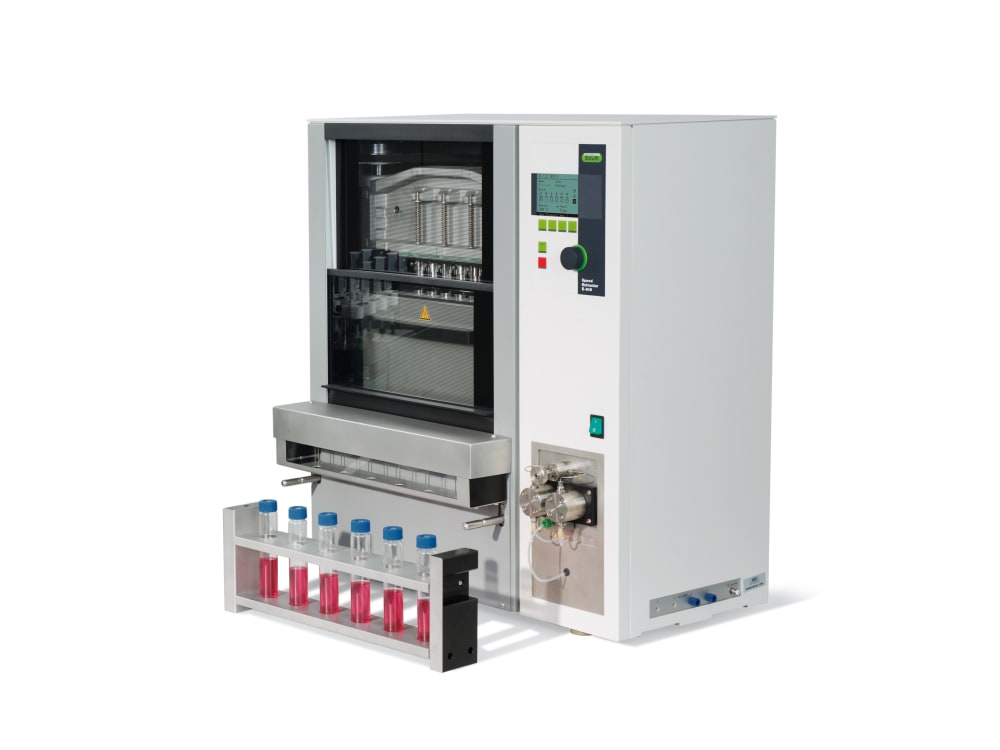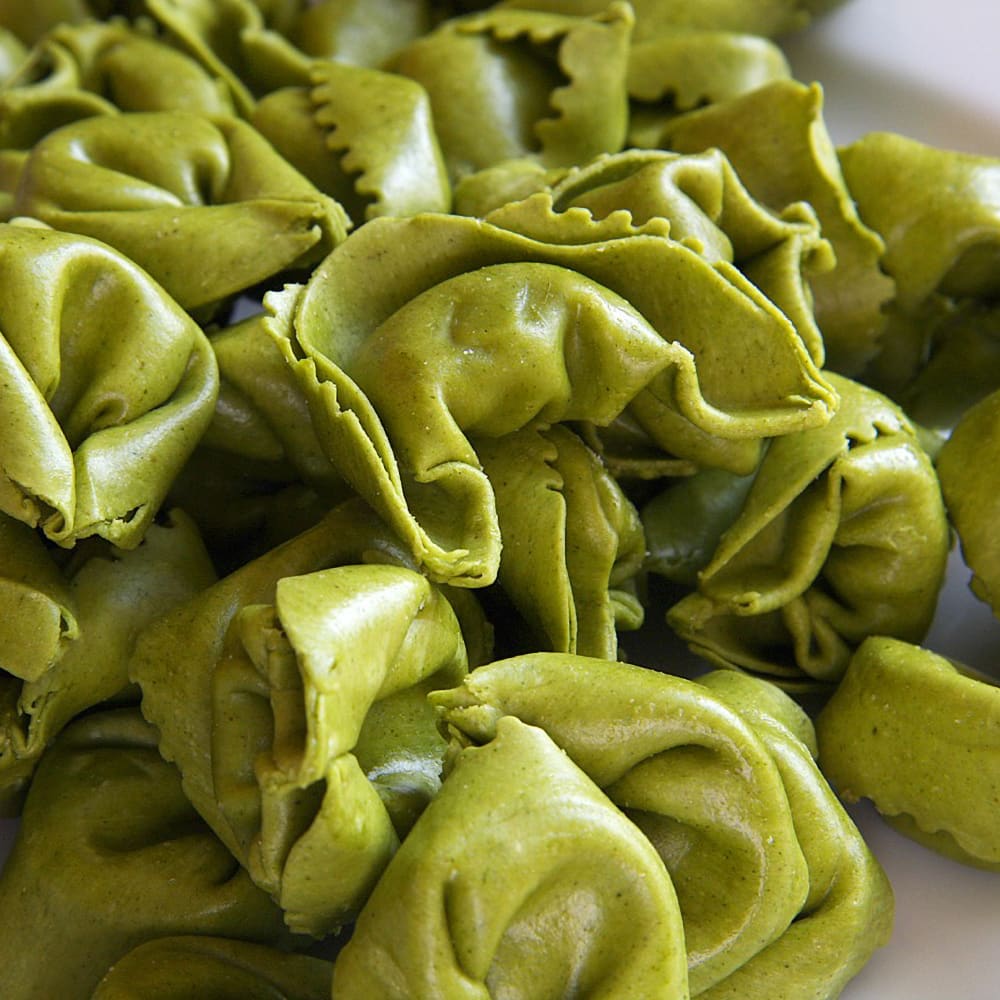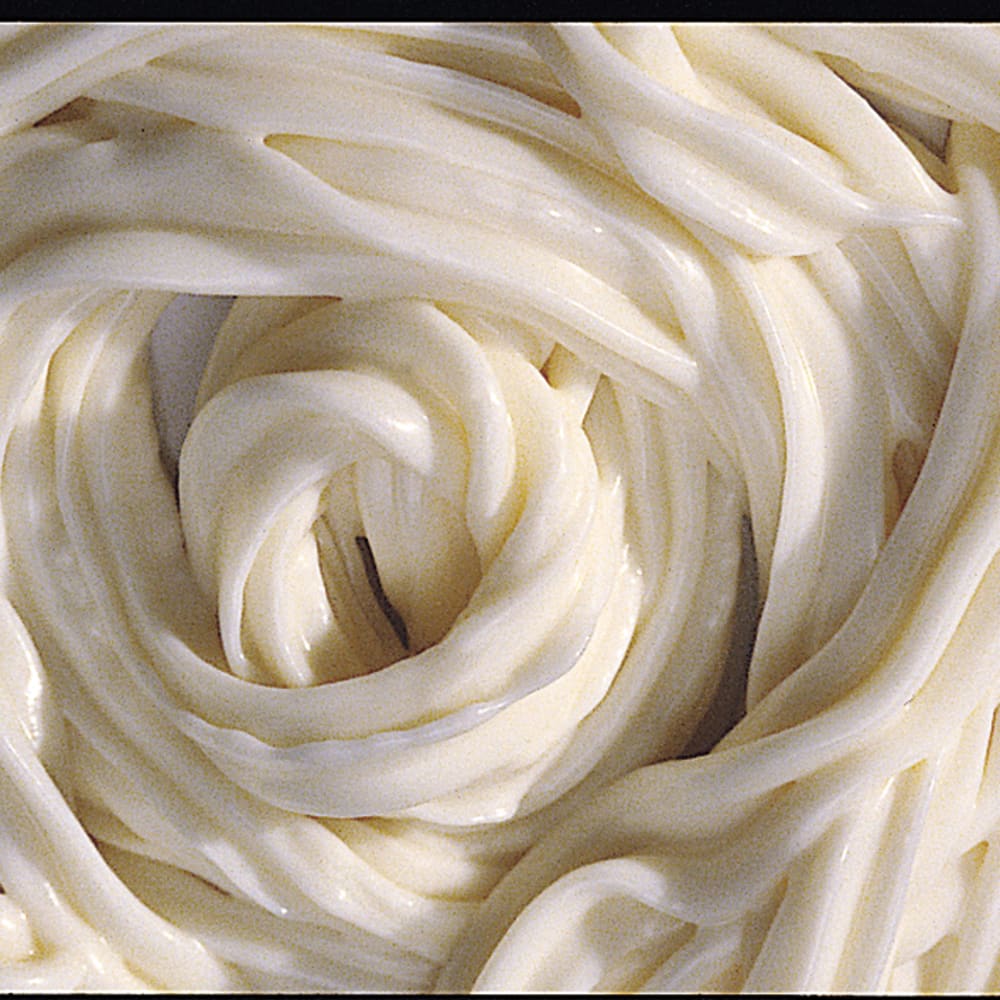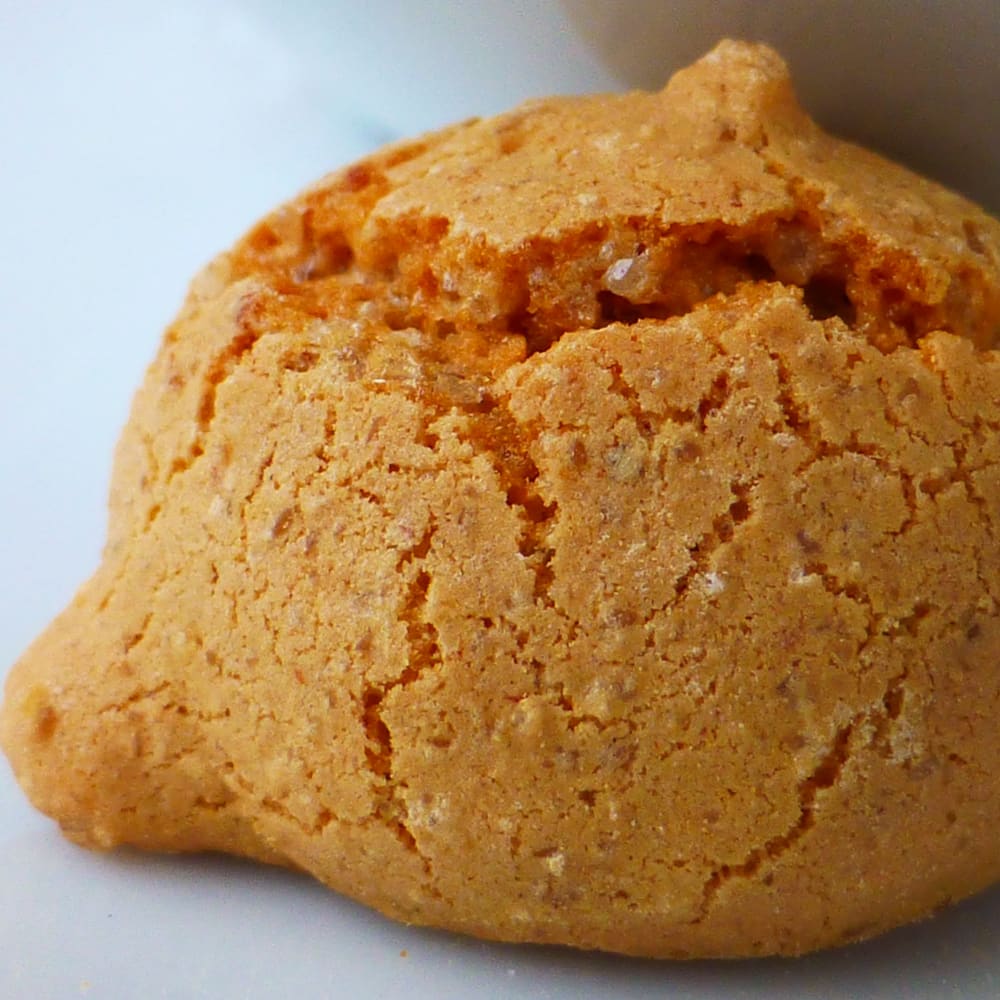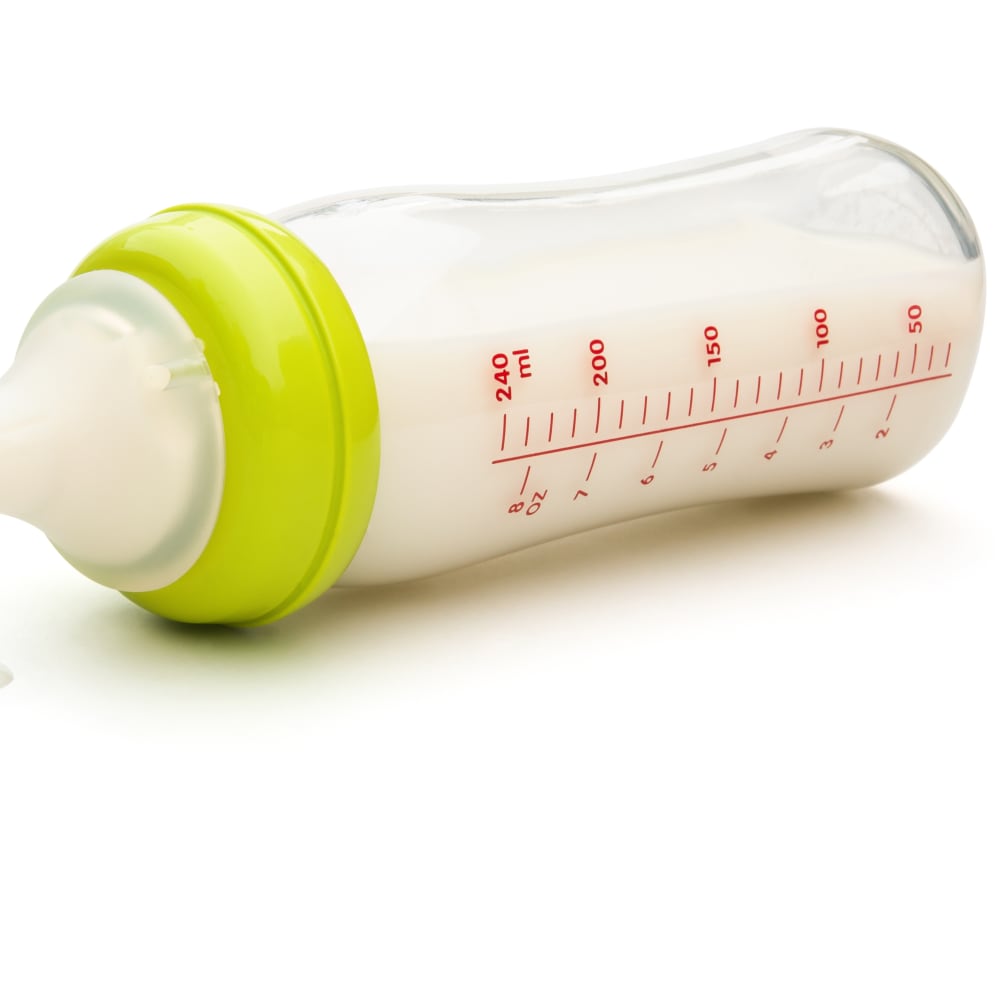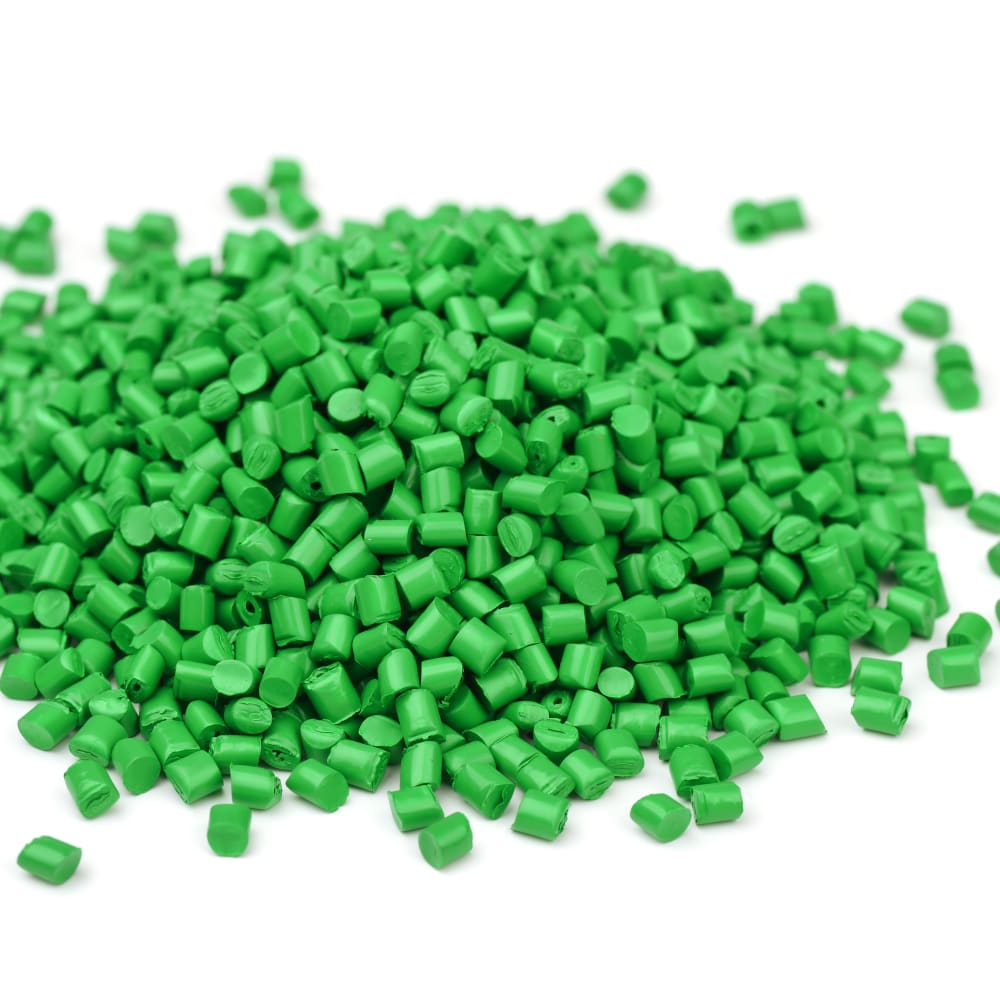Determination of oil contents in seed samples
SpeedExtractor E-916, Multivapor, Hydrolysis Unit E-416, Extraction Unit E-816 SOX: Comparison of different extraction methods: Pressurized Solvent Extraction (PSE) using SpeedExtractor E-916 versus Weibull Stoldt method using Hydrolysis Unit E-416 and Extraction Unit E-816 SOX
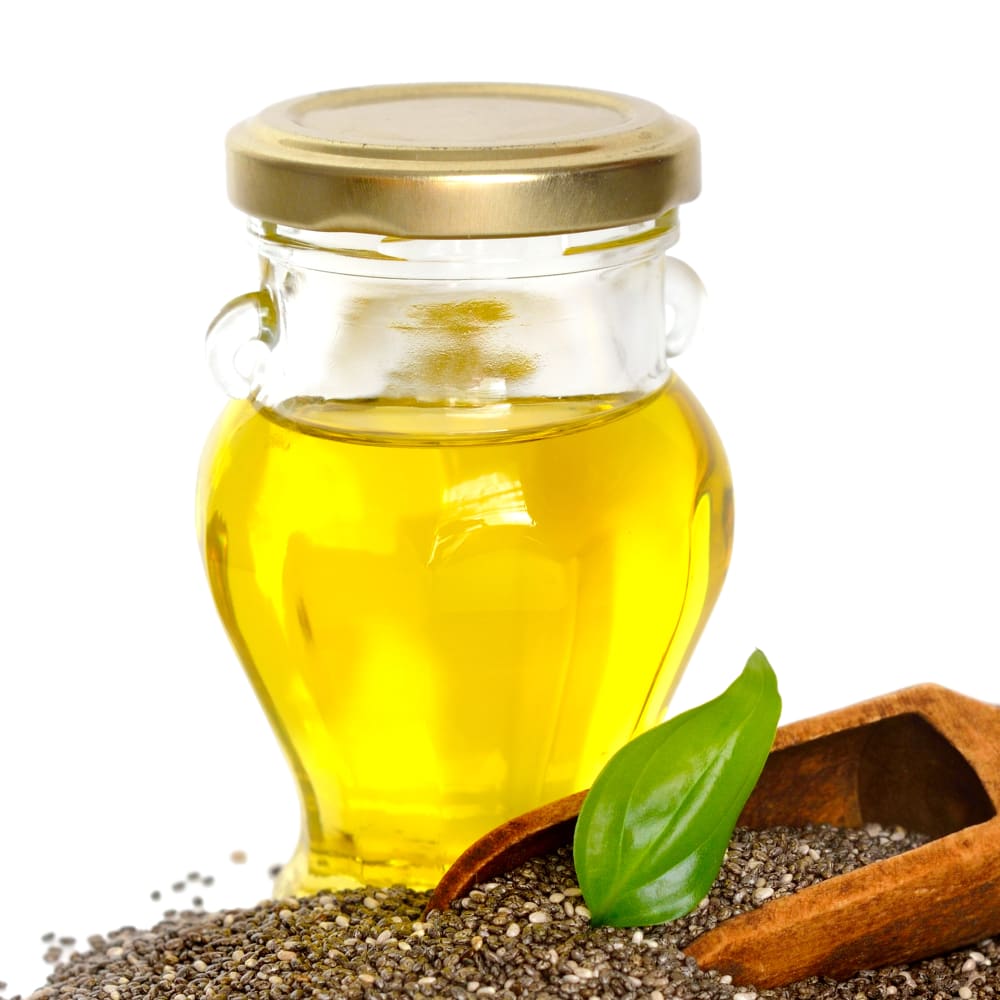
Bioactive oils are commonly used in food, pharmaceutical and cosmetic applications. Those oils are usually rich in unsaturated and polyinsaturated fatty acids. The majority of fatty acids can be produced by the human body. However, omega-3 and omega-6, essential in human nutrition, cannot be synthesized and must be provided by food. Therefore, oils rich in unsaturatted fatty acids are often used in food preparations or for direct consumption. In this study, two premium local oils representing a high linoleic (hemp) and a high linolenic (linseed) acid content were chosen, together with a novel high linoleic acid containing oil extracted from chia seeds. The objective of this work was to extract and to quantify the oil content from these seeds with a Pressurized Solvent Extraction (PSE) method using the SpeedExtractor E-916 and to compare the results with classical extraction methods. Therefore, the samples were extracted with a Soxhlet extraction method using the Extraction Unit E-816 SOX for the determination of crude fat and with a Weibull Stoldt method using a Hydrolysis Unit E-416 followed by a Soxhlet extraction method using the Extraction Unit E-816 SOX for the determination of total fat. The fat content is determined gravimetrically after the extract has been dried to a constant weight.

